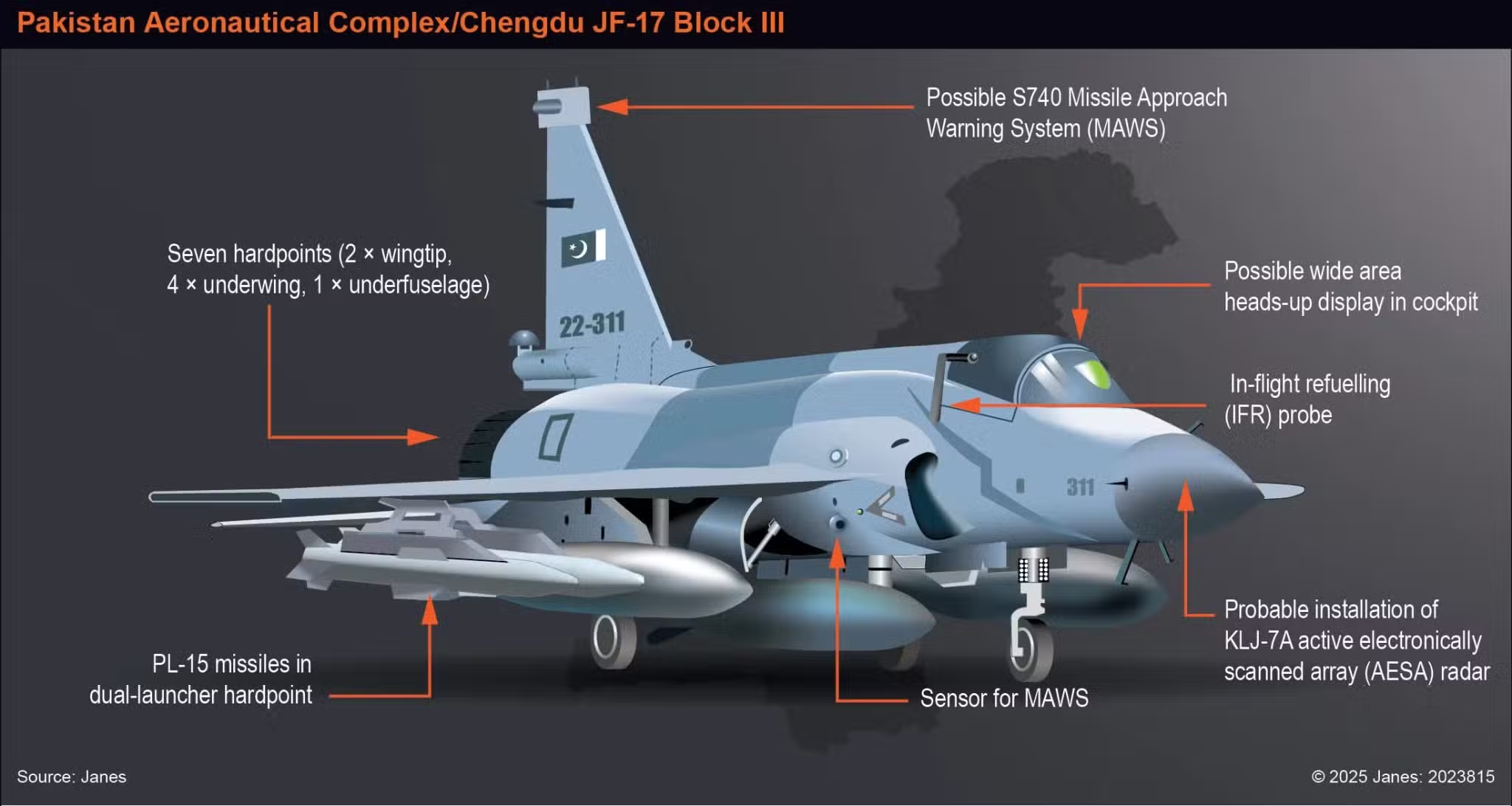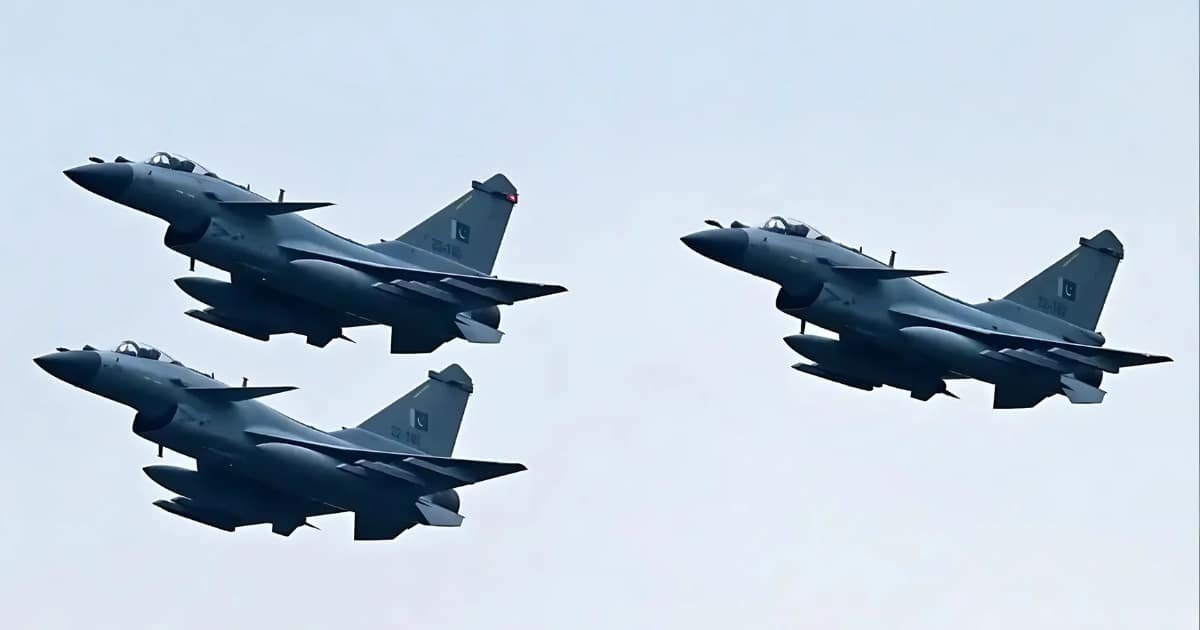The Pakistan Air Force (PAF) has been on a consistent path of modernization. The history spans from their dependence on legacy systems to acquiring state-of-the-art, 4.5th-generation and future 5th-generation aircrafts. PAF has focused on self-reliance and strategic alliances over the years to preserve a credible air defense capability.
The Mirage Legacy and the ROSE Program
The history of the Pakistan Air Force is closely linked with the Dassault Mirage fighter aircraft. The Mirage III and Mirage 5 squadrons were inducted in 1967 and were the staples of PAF for decades. The PAF began the indigenous Project ROSE (Retrofit of Strike Element) program in 1992 to prolong the service life of these aircraft. Through this program, Pakistan Aeronautical Complex (PAC) overhauled the Mirages with latest avionics, multi-mode radars (such as the Italian Grifo radar) as well as in-flight refueling probes, developing them from day-interceptor aircraft to multi-role strike platforms. The ROSE program proved to be fruitful. It helped in increasing Pakistan’s ability in military aviation and enabled the Mirages to be equipped with advanced Pakistani-made weapons, such as the Ra’ad air-launched cruise missile.
Pakistan Air force modified Mirage in flight refuelling.)
Project ROSE was a program by the Pakistan Air Force to upgrade avionics of its ageing Mirage III and Mirage 5 fighter jets originally built either by Dassault Aviation or by Government Aircraft Factories in Australia. pic.twitter.com/zjknY7Vfa3— Chris Bolton (@CcibChris) July 29, 2023
The Era of the JF-17 Thunder
With the aging Mirages, the PAF was in dire need of an inexpensive substitute. This resulted in a collaboration with China to produce the JF-17 Thunder. The JF-17 name means ‘Joint Fighter-17’, referring to its co-development by China’s Chengdu Aircraft Industry Corporation (CAC) and the Pakistan Aeronautical Complex (PAC). With Pakistan controlling 58% of the project, the JF-17 marked a major milestone towards self-reliance in defense manufacturing.
The JF-17 is a light, single-engine, multi-role fighter, which is intended to replace the A-5C, F-7P/PG as well as the old Mirage fleets. The newest JF-17 Block III model features a new-generation Active Electronically Scanned Array (AESA) radar and the ability to deliver advanced weapons such as the PL-15 long-range air-to-air missile, setting it on par with 4.5th-generation modern fighters.

Source: propakistani
Induction of the J-10C ‘Vigorous Dragon’
In a bid to further modernize its fleet, the PAF officially inducted the Chinese-built J-10C fighter aircraft in March 2022. This induction was hailed as an important improvement after close to four decades since the F-16 entered the fleet. The J-10C is an all-weather, 4.5th-generation, multi-role aircraft. It features sophisticated avionics, an AESA radar as well as the PL-15 missile thereby granting it a powerful beyond-visual-range (BVR) capability. The J-10C is regarded as a strategic purchase to counter the airpower balance in the region.
A green horizontal line representing a J-10C cruising at 40,000 ft, marked with green circles at the initial and final positions.
A blue descending line for a Rafale, starting at 150 km range and 40,000 ft, descending to approximately 120 km range and 38,000 ft, with a blue… pic.twitter.com/glulrbzGcd
— Saad (@AirlinePilotmax) May 9, 2025
The Future: Plans For 5th-Generation
The PAF has a grand long-term goal of flying a 5th-generation fighter fleet by 2047. It is being driven by ‘Project Azm’ which is a locally developed 5th-generation fighter program headed in collaboration by the PAC and the National Aerospace Science and Technology Park (NASTP). Though the development process has not been publicized, there are reports of Pakistan coordinating with China and Turkey on technology-related research and experimentation. Another important goal of this strategy is the possible acquisition of the Chinese Shenyang FC-31 (J-31/J-35) fighter aircraft. With strong defense relations between China and Pakistan, the FC-31 would grant the PAF an instantaneous and vital 5th-generation capability. Reports indicate that the groundwork for taking delivery of the J-31 has already been established in Pakistan. There are reports of a possible delivery of 40 aircrafts over the next few years.
You May Like To Read: August 1965 War Memories: The Role of PAF in Defending Lahore
PAFs Modernization Strategy In Battle
The Pakistan-India stand-off in May 2025 was predominantly defined by battles that involved both sides using long-range missiles and drones. The PAF’s acquisition of advanced Beyond-Visual-Range (BVR) missiles such as the PL-15 allowed it to attack Indian air assets from a distance while keeping their own planes out of harm’s way. The PAF demonstrated superior EW abilities by jamming, interfering with, as well as intercepting the communication of India’s advanced fighter jets, the Rafale, which has its own sophisticated EW system.
PAF CHECKMATES PAKISTAN’S ENEMIES
16 January, 2024: PAF Checkmates Pakistan’s Enemies while strategically outplaying adversaries under the visionary leadership of Chief of the Air Staff, Air Chief Marshal Zaheer Ahmed Baber Sidhu. Pakistan Air Force has undertaken a… pic.twitter.com/mdrBZRTMEP
— DGPR (AIR FORCE) (@DGPR_PAF) January 16, 2024
Its current wave of modernization is both a manifestation of its quest for technological upgrading and part of a larger strategic rebalancing. In emphasizing indigenization and developing stronger defense relationships. most significantly with China, the PAF is assuring long-term independence while at the same time enhancing its operational capabilities. This path highlights PAF’s determination to continue to have a strong and credible air defense stance that could address shifting regional security dynamics and maintain Pakistan’s strategic deterrence in the future decades.
You May Like To Read: Pakistan Launches Third Hangor-Class Submarine in China







